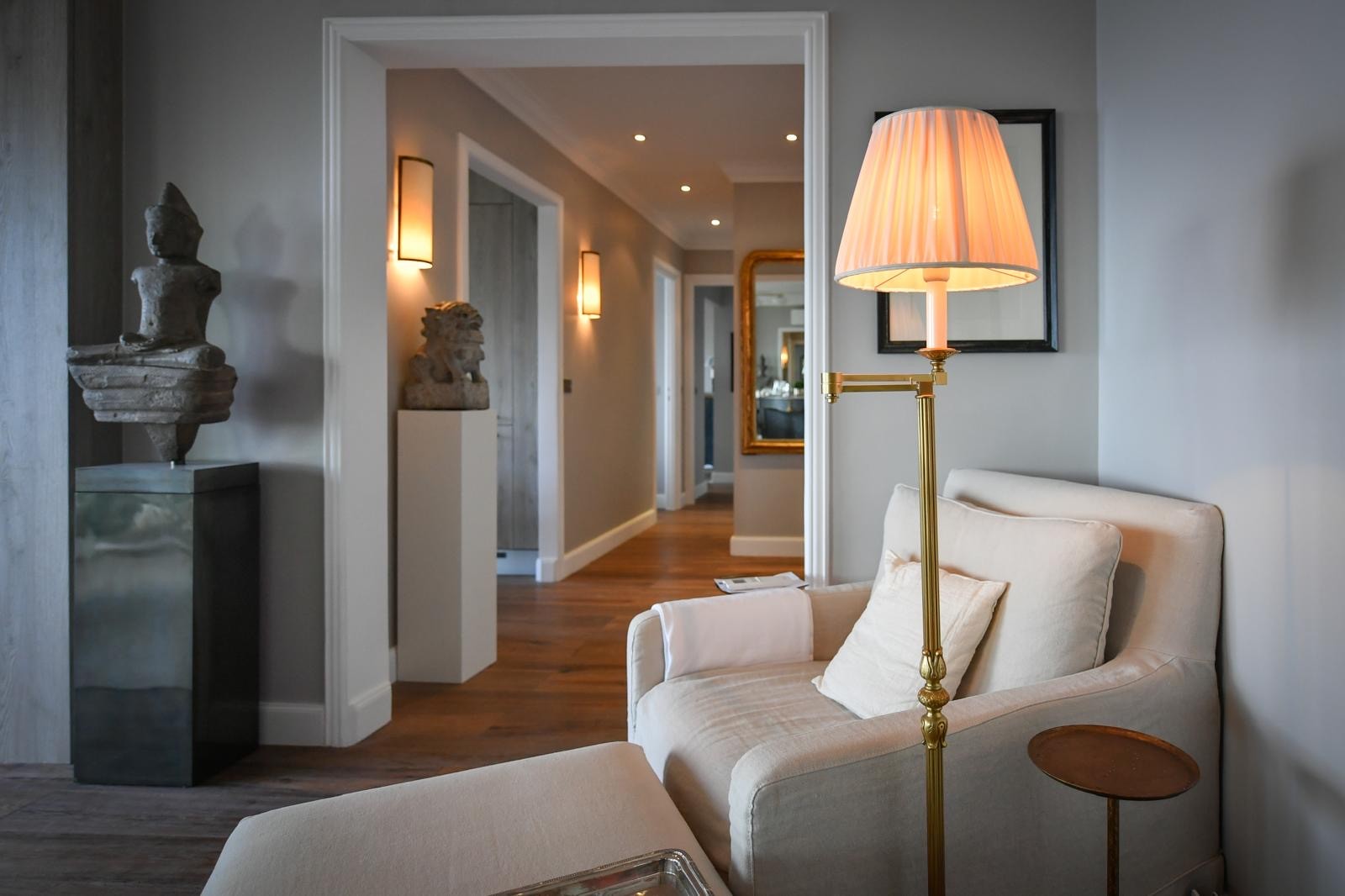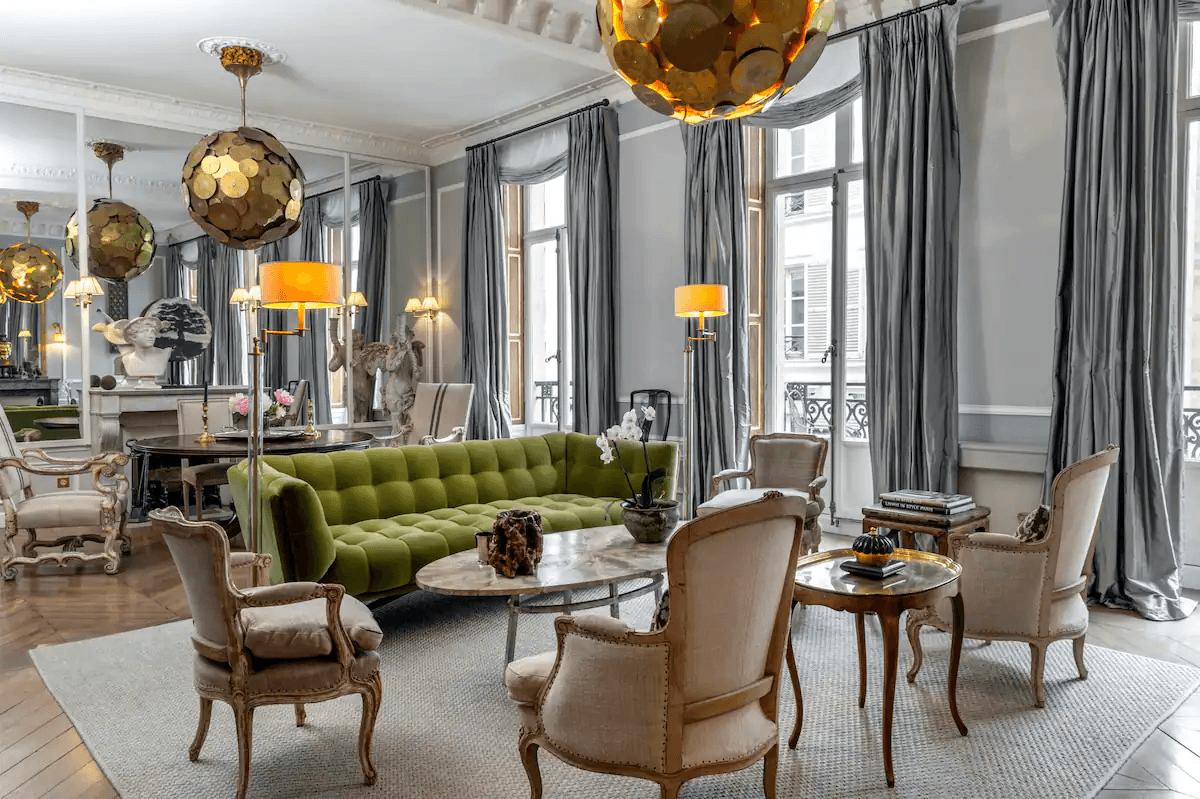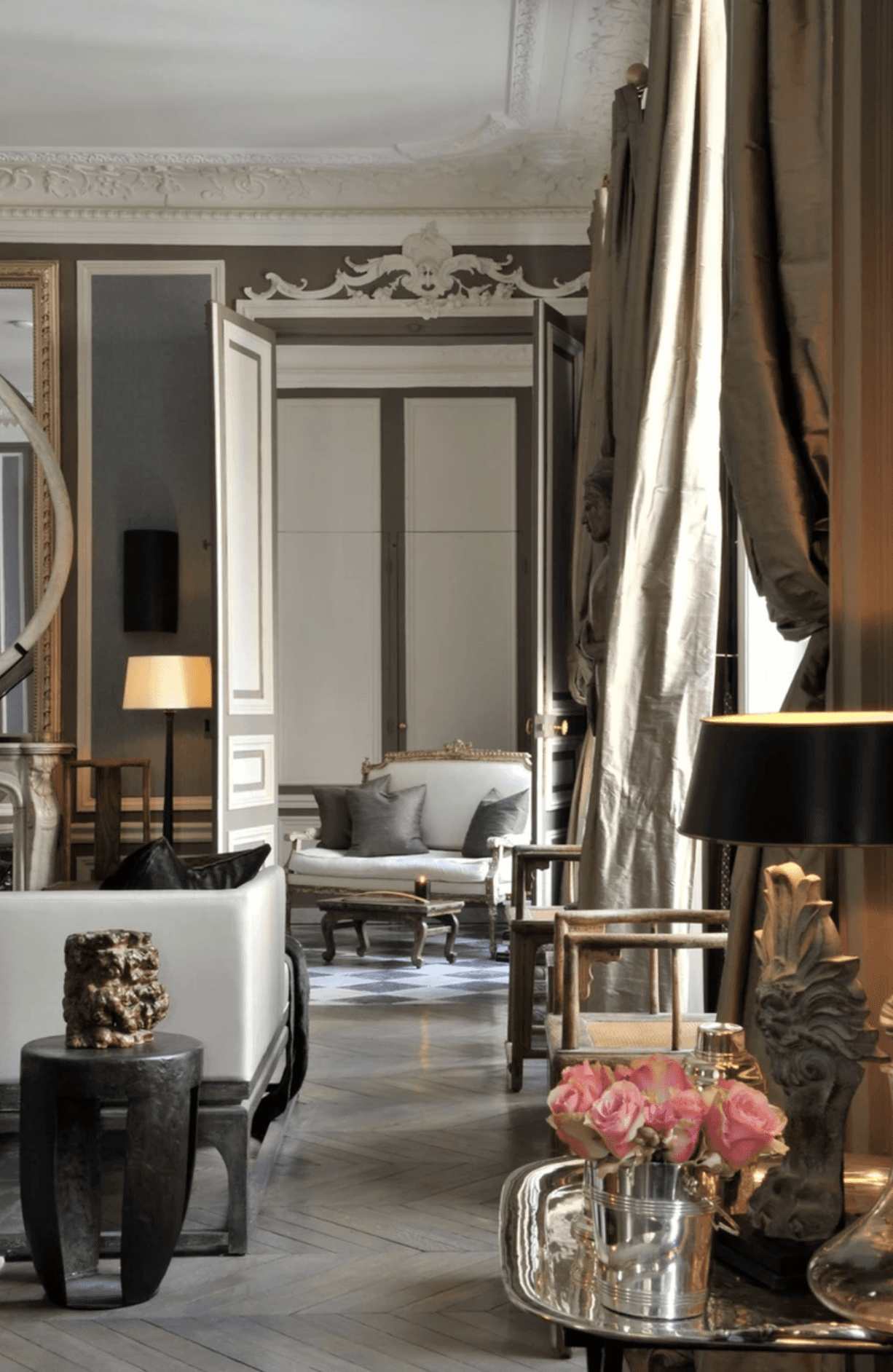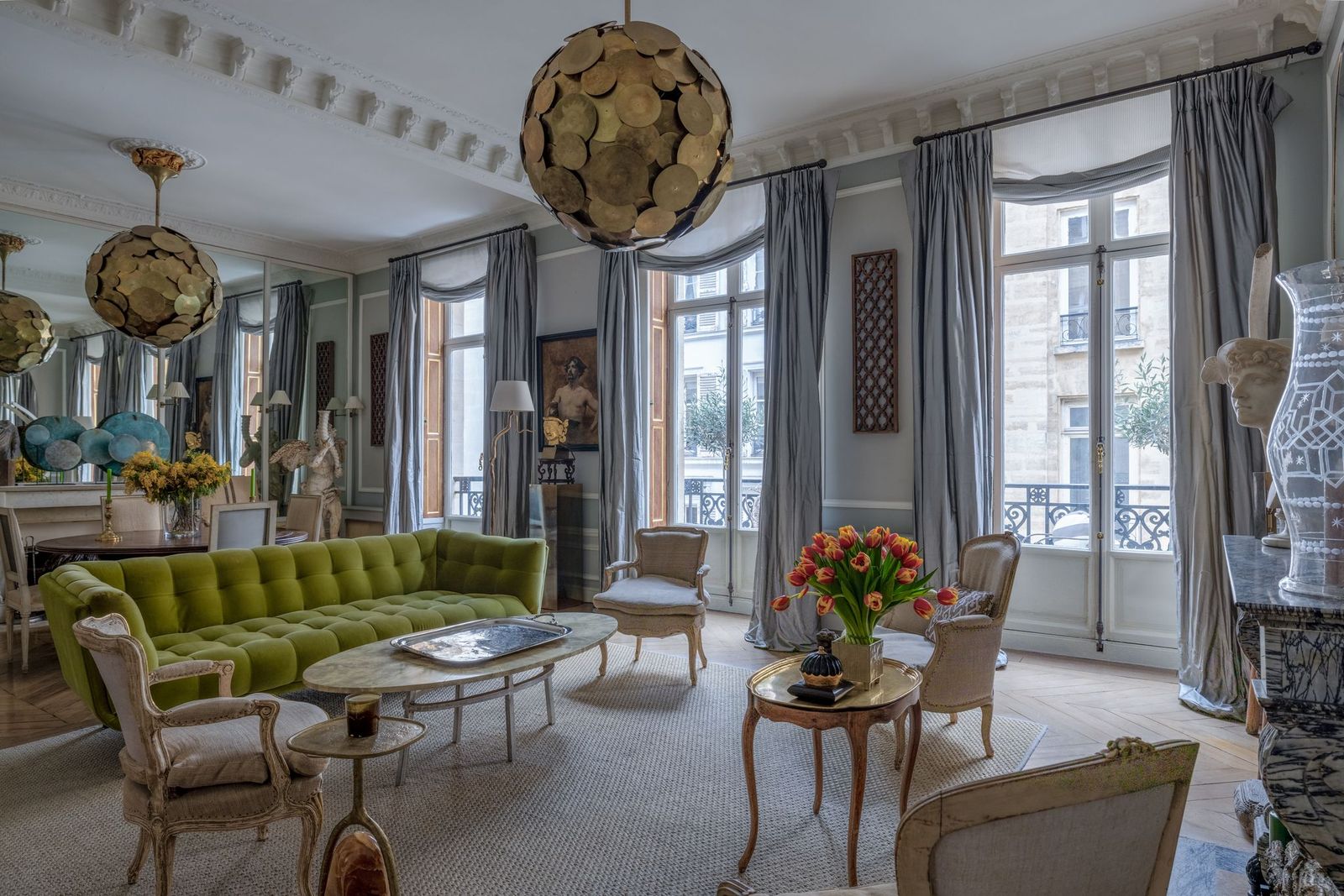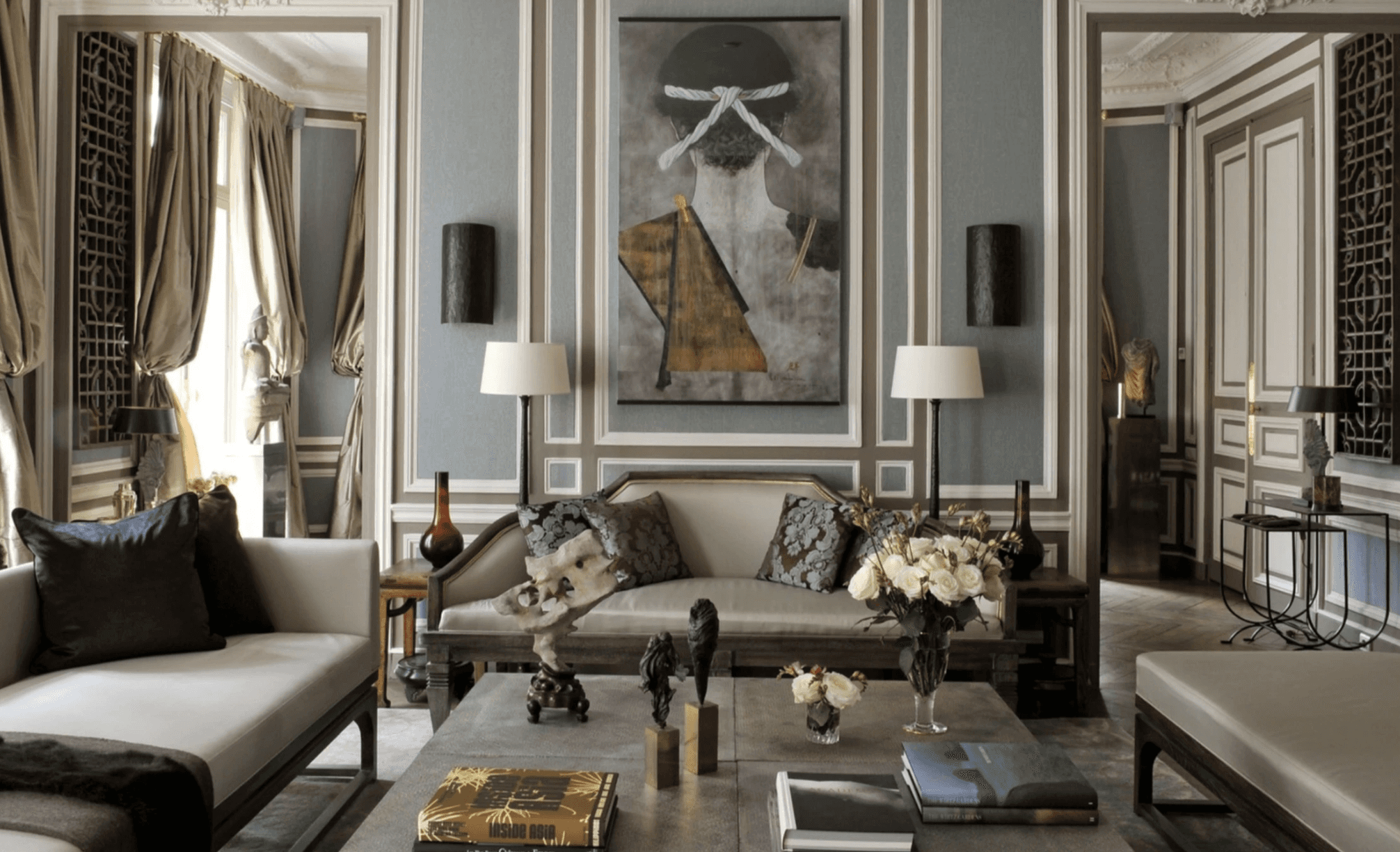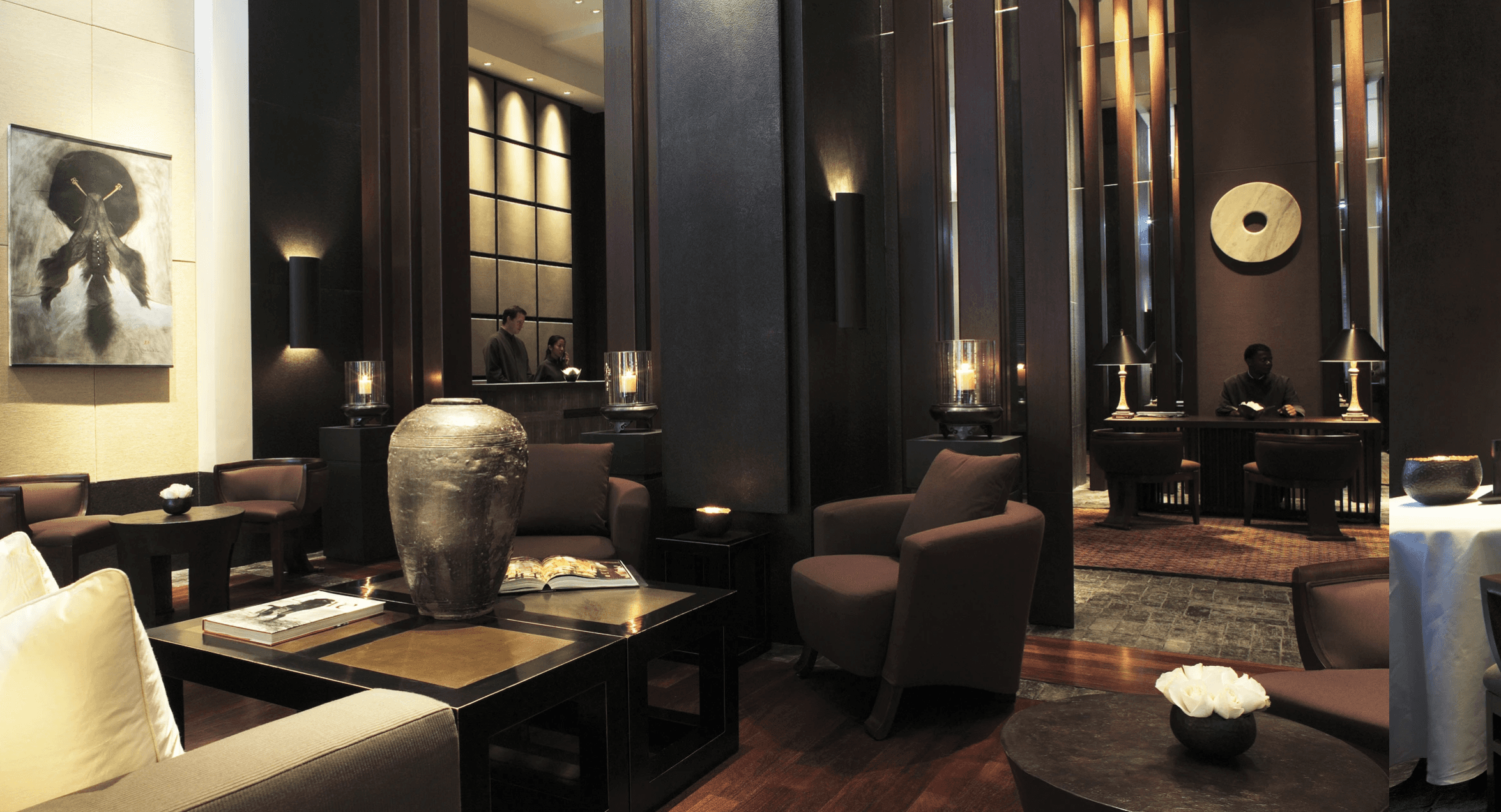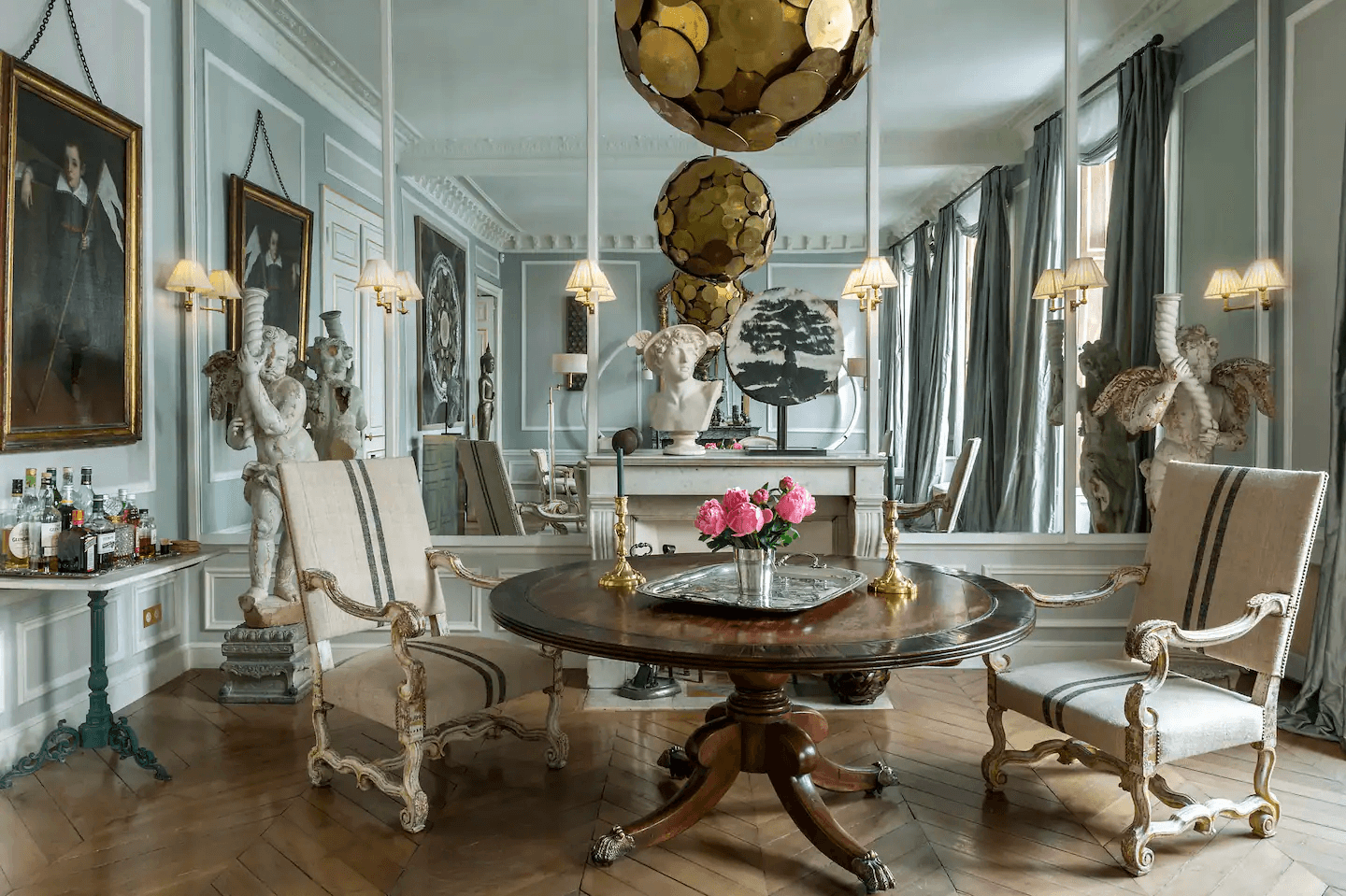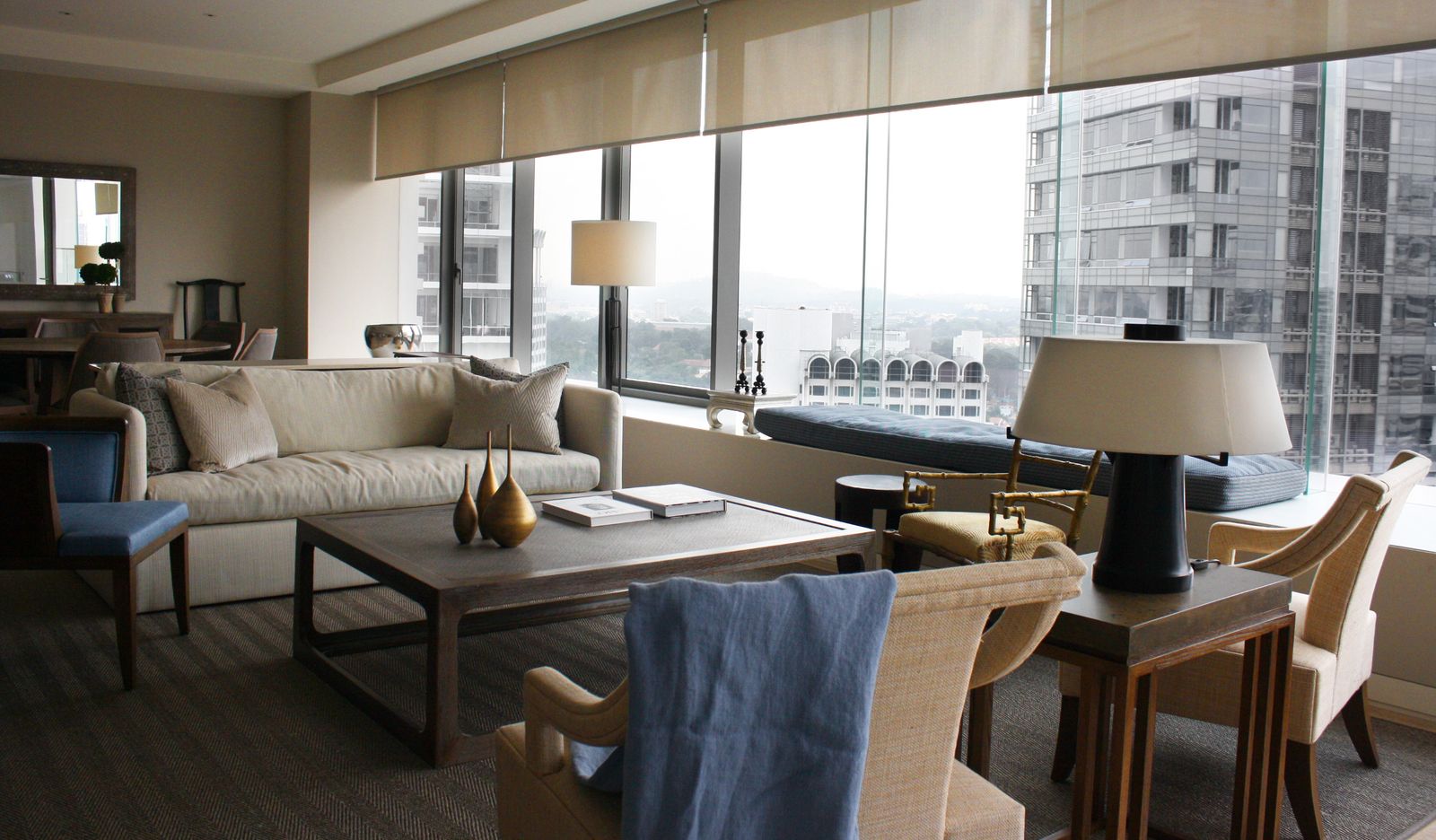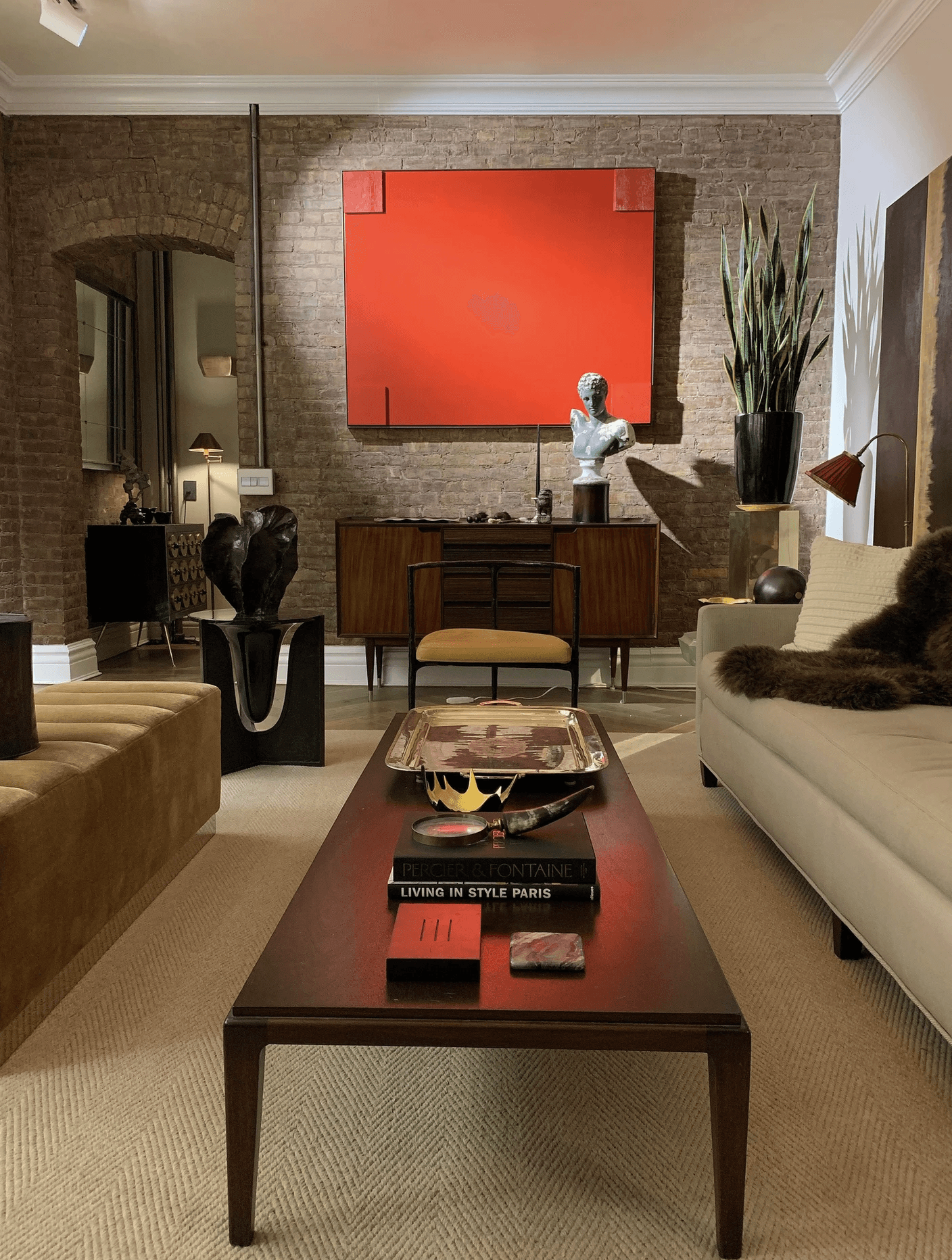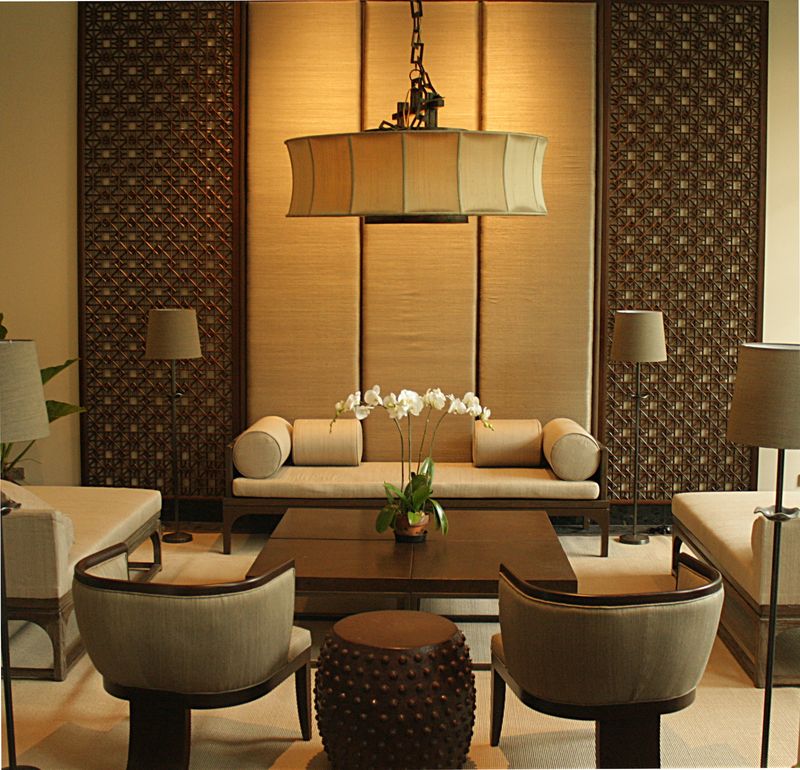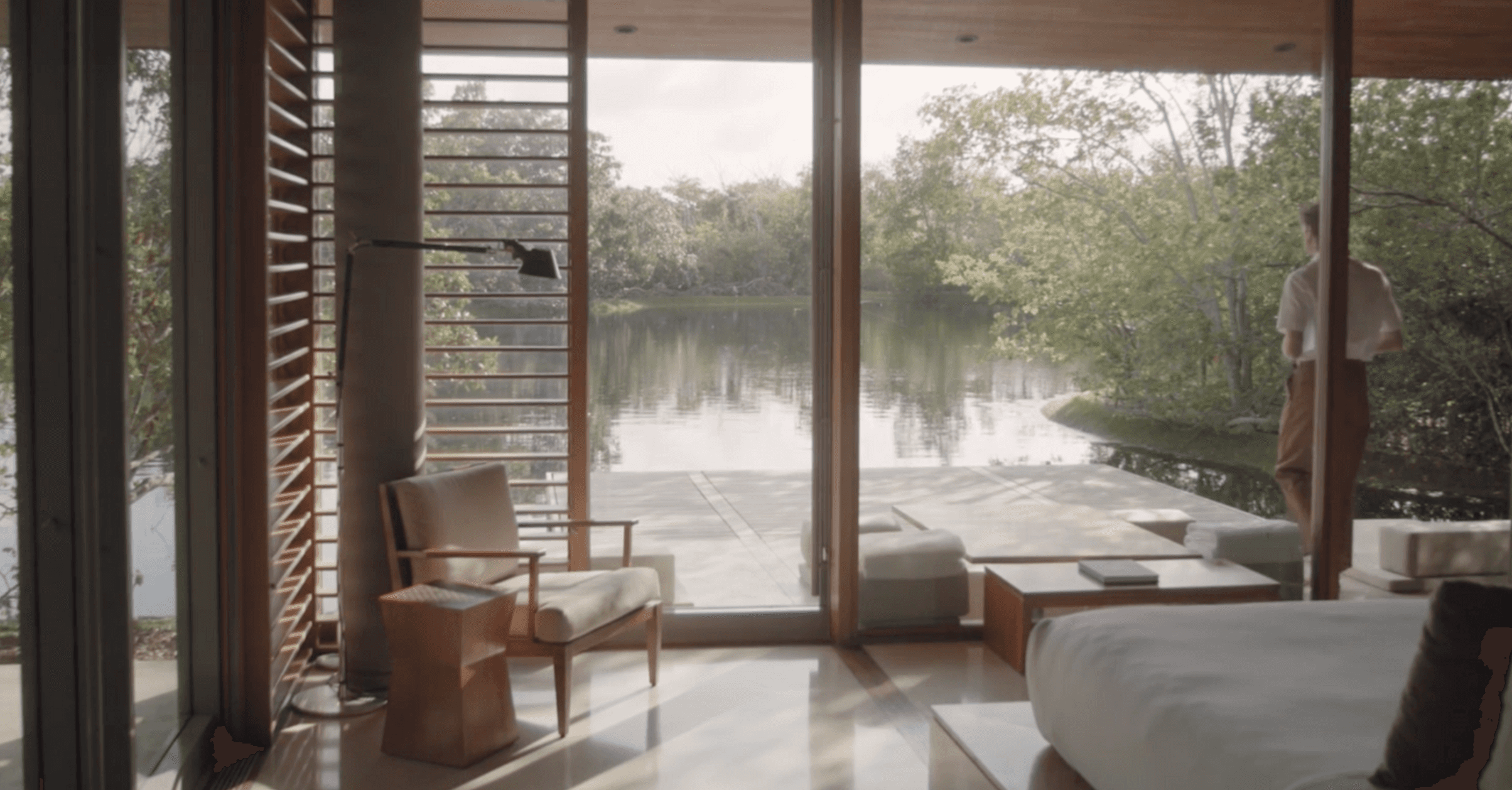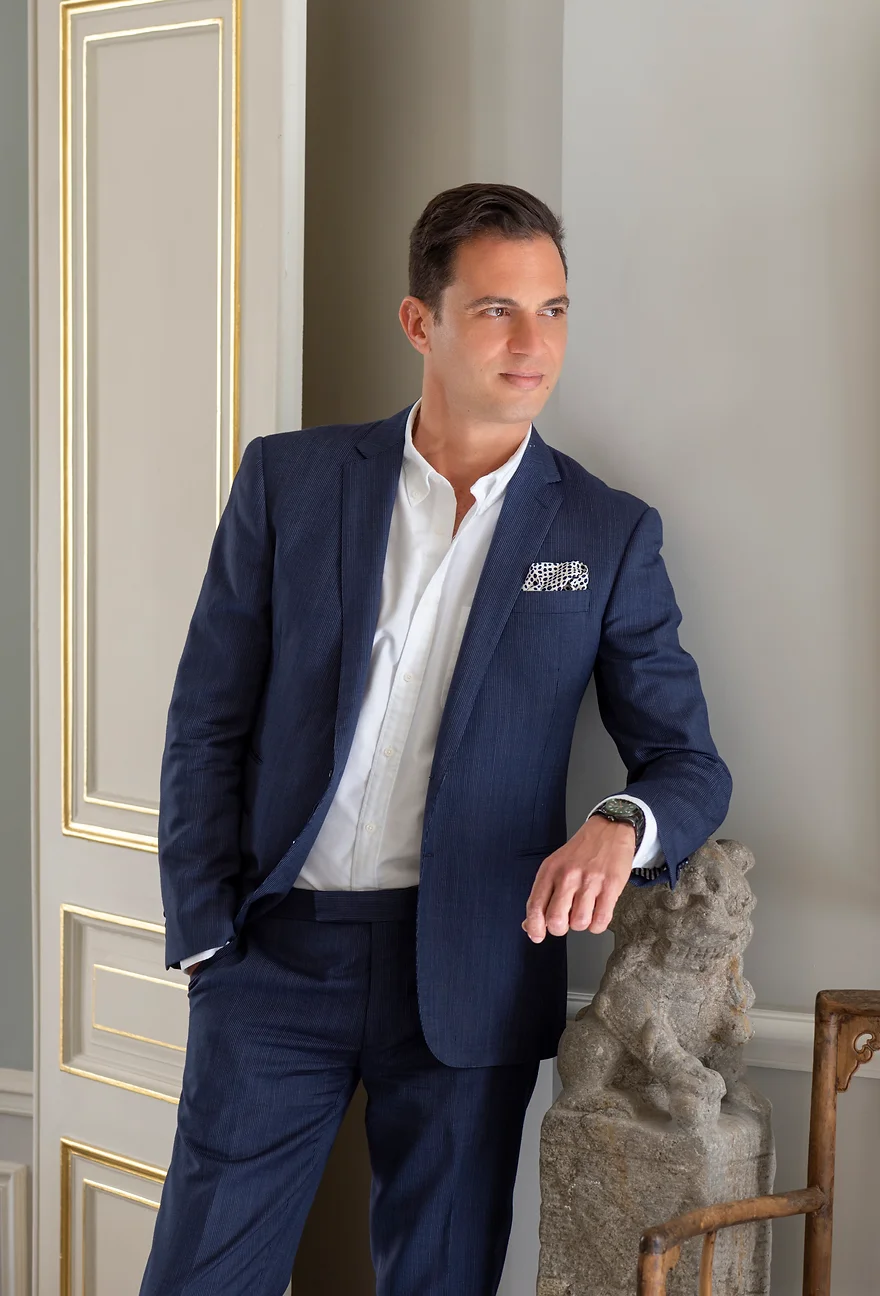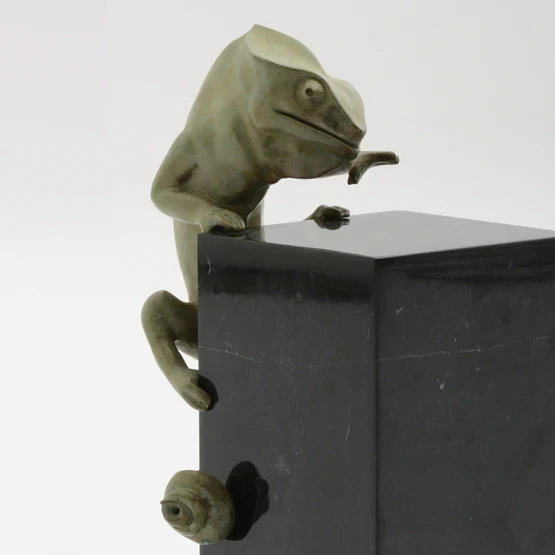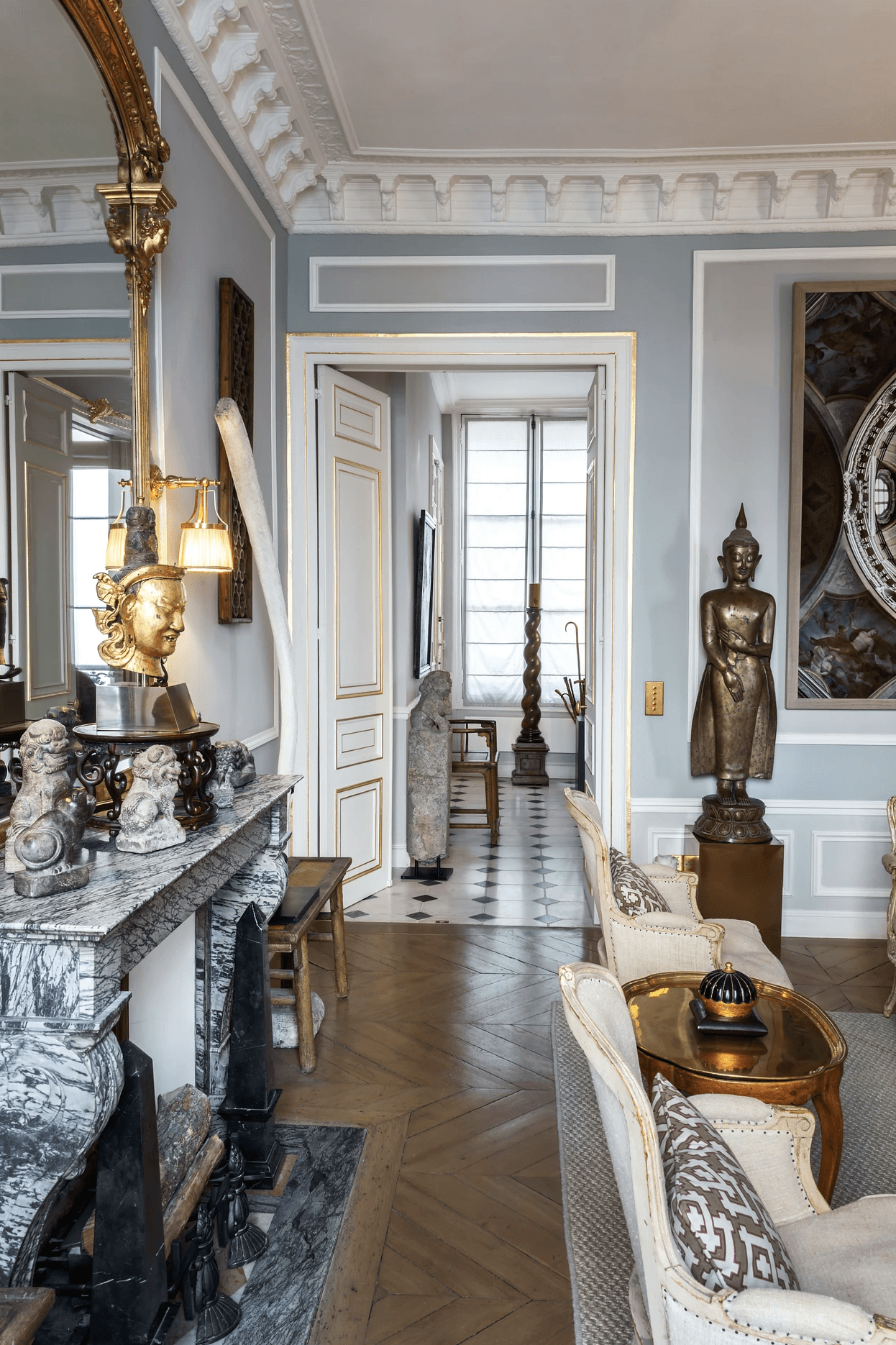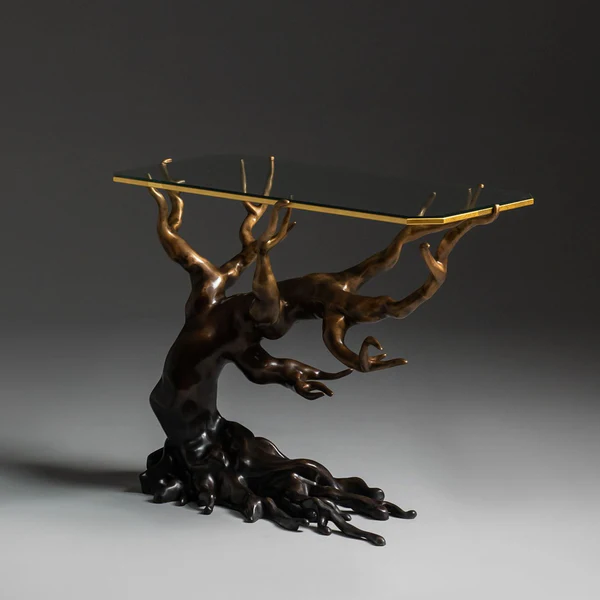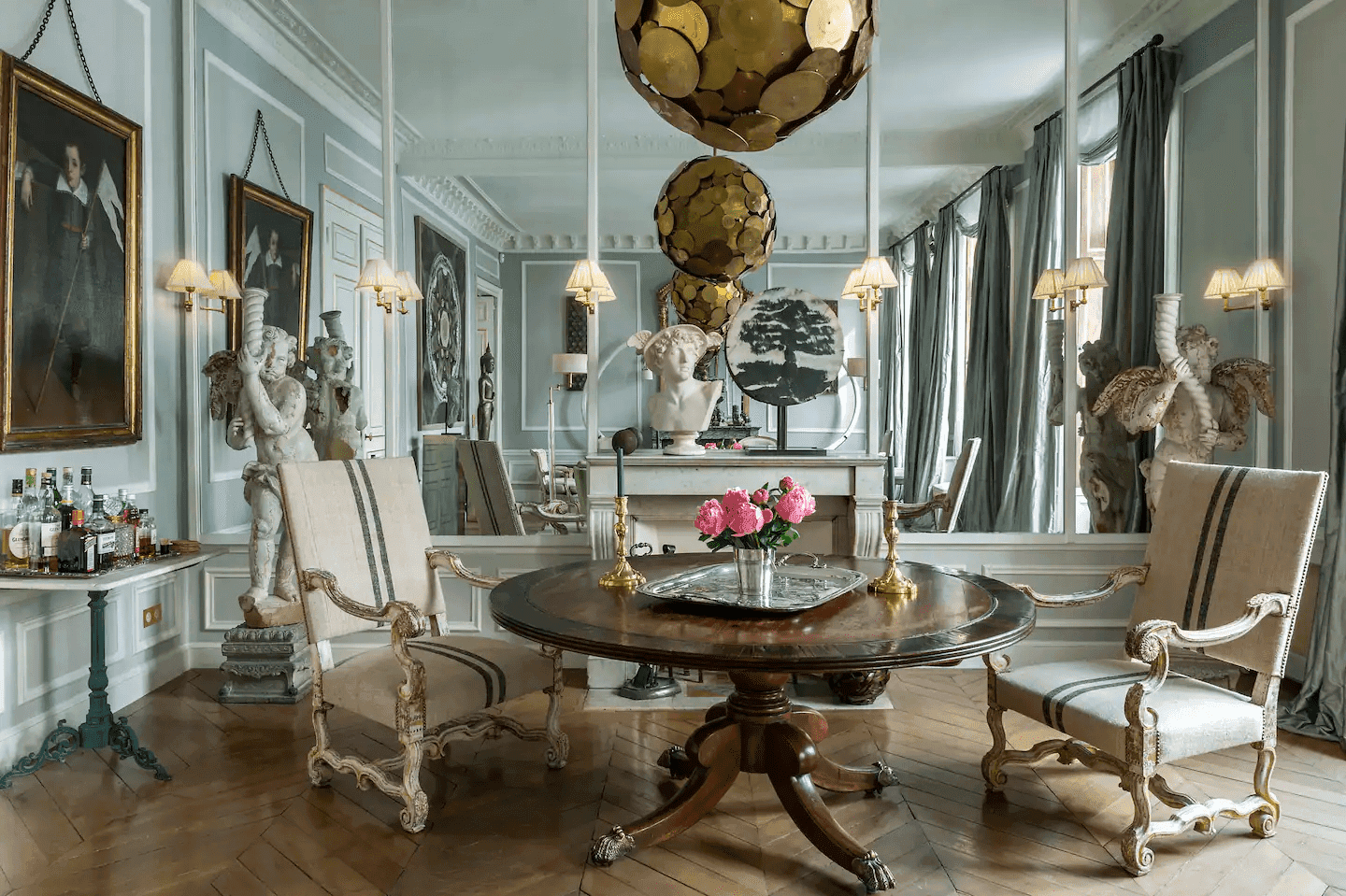Christopher Noto’s Style

Christopher Noto
Jun 28, 2024
Explore Christopher Noto's signature approach to luxury hotel furniture design, where traditional craftsmanship meets modern innovation, creating captivating and comfortable interiors for prestigious hotels worldwide.
Luxury Hotel Furniture Design: Christopher Noto’s Signature Approach
Introduction
In the dynamic world of luxury hotel design, crafting spaces that captivate and comfort guests is paramount. Christopher Noto, a distinguished figure in this realm, is renowned not only for his furniture designs for some of the most prestigious hotel brands such as Four Seasons, Ritz-Carlton, and Aman but also for his comprehensive interior design in residential projects. This blog post provides a deep dive into Noto’s distinctive approach, showcasing how his blend of traditional craftsmanship and modern innovation shapes luxurious, world-class hotel interiors.
The Essence of Luxury Hotel Design
Luxury hotel design is an intricate balance of elegance, comfort, and practicality. It’s not merely about opulence but about creating an experience that resonates with guests on multiple sensory levels. Here are key elements to consider:
Ambiance and Atmosphere
The ambiance is foundational in setting the tone for the guest experience in a luxury hotel. It influences how guests feel and perceive the space.
Material Selection: High-quality materials such as marble, exotic woods, and luxurious fabrics are often chosen for their elegance and refinement, contributing to the hotel’s overall sense of luxury.
Lighting: Lighting plays a critical role in mood setting. Ambient lighting provides general illumination, while accent lighting highlights architectural features and artworks. This dual approach allows for spaces to transition seamlessly from day to night, adapting to different guest needs.
Spatial Arrangement: Thoughtful spatial layout ensures easy navigation, contributing to a seamless guest experience. The arrangement must balance openness with privacy, ensuring comfort while enhancing the visual flow of the space.
Attention to Detail
In luxury hotel design, every detail is crucial—not only for aesthetics but also for enhancing the overall guest experience.
Furnishings and Fixtures: Luxury hotels often feature custom-designed furniture and fixtures that align with the hotel’s theme. This could include bespoke lighting, handcrafted furniture, and exclusive textiles.
Textiles and Finishes: High-quality linens, luxurious draperies, and well-chosen carpets add to the tactile experience, combining visual appeal with durability and ease of maintenance.
Personal Touches: Personalized elements, such as custom artwork or locally sourced decor, give the hotel a unique character and create a memorable experience for guests.
Cultural and Local Influence
Incorporating elements of local culture and history into the design enriches the guest experience, adding authenticity.
Design Elements: Integrating traditional patterns, colors, and materials from the local area can infuse the hotel with a sense of place, enhancing the overall guest experience.
Historical Context: Reflecting the historical context of the location can deepen the connection between the guest and the surroundings, often through the restoration of historical features or the use of regional motifs.
Local Partnerships: Collaborating with local artisans and designers supports the local economy and adds an authentic, culturally rich layer to the hotel’s design.
Christopher Noto’s Approach to Luxury Hotel Furniture Design
Christopher Noto’s approach to luxury hotel furniture design is marked by a meticulous fusion of traditional craftsmanship with modern innovation, focusing on creating spaces that not only look stunning but also provide an unparalleled guest experience.
Signature Elements
Signature design elements often characterize Noto’s work, becoming synonymous with the hotel’s brand and contributing to its unique identity.
Custom Furniture: Noto’s projects often feature custom-designed furniture that complements the hotel’s theme, enhancing its aesthetic appeal through bespoke dining tables, unique seating arrangements, or custom cabinetry.
Lighting Fixtures: His designs frequently incorporate custom lighting fixtures that serve as both functional elements and artistic statements, tailored to complement the overall design.
Textiles and Art: Custom textiles and artwork are central to his designs, carefully chosen to align with the hotel’s theme and enhance the overall ambiance.
Seamless Integration
Creating a cohesive and harmonious environment is crucial in luxury hotel design, and Noto excels in ensuring that all design elements work together seamlessly.
Design Narrative: A consistent design narrative throughout the space is essential, with color schemes, materials, and motifs carefully aligned to create a unified aesthetic.
Spatial Harmony: Proportion and balance among all elements, from furniture to decor, are key to creating a visually pleasing environment. This requires careful planning and attention to detail.
Guest Flow: Ensuring smooth flow and accessibility for guests is a priority in his designs. This includes thoughtful consideration of sightlines, circulation patterns, and the strategic placement of key design elements.
Guest Experience
Enhancing the guest experience is at the heart of Noto’s luxury hotel design philosophy, with a focus on spaces that are as functional as they are visually stunning.
Comfort and Convenience: The design must prioritize guest comfort, providing ample seating, creating relaxing areas, and ensuring easy access to amenities.
Personalization: Personalized experiences, such as customized room settings or accommodating special requests, elevate the guest experience. Thoughtful touches, like welcome amenities or personalized notes, contribute to a memorable stay.
Functional Spaces: Designing adaptable spaces that meet various needs and activities is crucial. This includes versatile rooms that can be used for different types of events or functions.
Notable Projects
Christopher Noto’s portfolio includes several prestigious projects that highlight his expertise in luxury hotel design, particularly his contributions through custom furniture and design elements.
The Setai, Miami
At The Setai in Miami, Noto’s talent for blending Art Deco influences with modern luxury is evident.
Design Approach: The use of rich materials such as ebony wood and granite, combined with elegant furnishings and sophisticated finishes, creates a luxurious yet comfortable atmosphere.
Guest Experience: Custom-designed furniture and lighting fixtures enhance the overall guest experience, evoking a sense of timeless elegance and relaxation.
Capella, Singapore
Capella, Singapore, showcases Noto’s ability to integrate traditional Asian design elements with contemporary luxury.
Design Approach: The design features a serene and opulent environment, reflecting both local heritage and modern sophistication, with traditional Asian motifs seamlessly combined with sleek, modern furnishings.
Cultural Integration: Local materials and design elements connect guests with Singapore’s cultural heritage, including handcrafted artifacts and traditional patterns that add a layer of authenticity to the experience.
Amanyara, Turks and Caicos
At Amanyara, Noto masterfully blends natural materials with modern design to create a tranquil, luxurious retreat.
Design Approach: The use of wood, stone, and clean lines results in a serene environment that emphasizes a connection with the natural surroundings.
Sustainability: The choice of natural materials reflects a commitment to sustainability, ensuring the design integrates seamlessly with the landscape and enhances the overall guest experience.
Challenges and Solutions in Hotel Design
Designing luxury hotels presents unique challenges that require creative solutions, particularly when balancing aesthetics with functionality.
Durable Materials
Balancing luxury with durability is a critical challenge in hotel design.
Material Selection: Choosing materials that can withstand heavy use while maintaining their appearance is essential, requiring high-quality finishes and robust construction techniques.
Maintenance: Designing for easy maintenance helps ensure the space remains in top condition, with materials selected for their resistance to stains or wear.
Flexible Design
Creating adaptable spaces that meet diverse guest needs is another key consideration.
Versatile Spaces: Designing flexible spaces that can be reconfigured for different events or functions maximizes the utility of the hotel’s interiors.
Multi-Functionality: Integrating multi-functional elements, such as convertible furniture or adjustable lighting, enhances the versatility of the space.
Collaborative Approach
A successful hotel design project depends on collaboration between clients, architects, and contractors.
Client Collaboration: Open communication with clients ensures their vision and requirements are understood and incorporated into the design.
Project Management: Effective project management and coordination with all stakeholders help address issues during the design and construction process, ensuring a successful outcome.
Conclusion
Luxury hotel design is a nuanced art that demands a deep understanding of both aesthetics and functionality. Christopher Noto’s work exemplifies how traditional craftsmanship and modern innovation can combine to create exceptional spaces. By focusing on ambiance, attention to detail, and the guest experience, Noto transforms hotel interiors into luxurious retreats that captivate and comfort. Explore more of his distinctive approach and see how these principles can elevate your own design projects.

Design Insights: Tips, Trends, and Inspiration for Your Space
Search ressources
